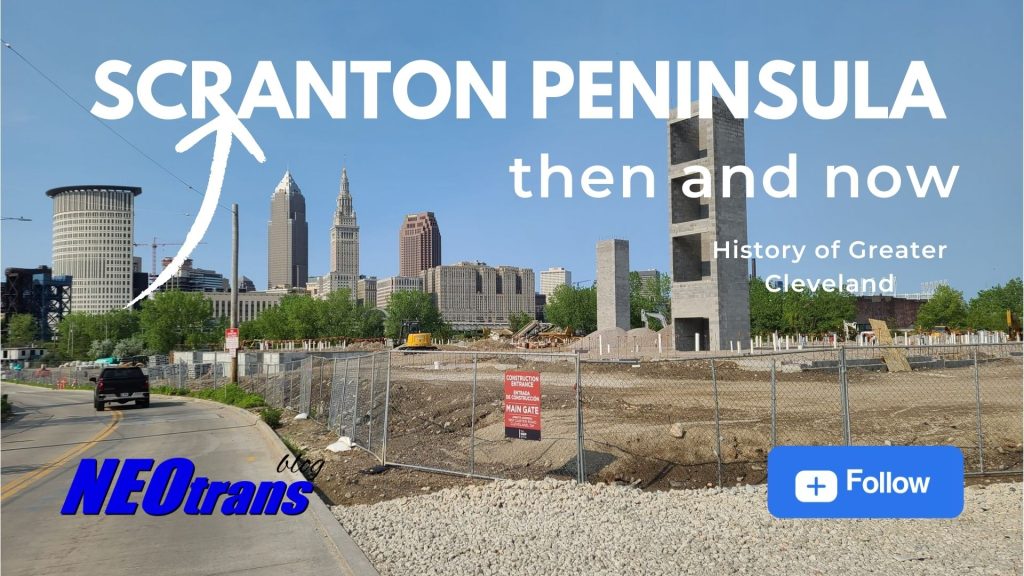Slow permitting process slowed investment
ARTICLE UPDATED JULY 26, 2024
Commercial real estate and construction interests hailed Cleveland Mayor Justin Bibb’s signing of an executive order today to simplify and speed up the construction permitting process at City Hall. Bibb was quick to point out that this reform will affect small projects by homeowners as well as downtown skyscrapers. However, it could take up to a year before all of the approved changes are implemented.
In signing the executive order, Bibb was joined by senior leaders from the City Hall departments of building and housing, city planning, and information technology services. They touted that it will result in a new, modern process that removes barriers and confusion for permit applicants for projects of all sizes.
“Our existing permitting process is hard to navigate and makes it unnecessarily difficult to build and redevelop projects in the city,” Bibb said in a written statement. “This executive order seeks to overhaul that process, improve communication, and greatly reduce the time it takes to get shovels in the ground. Whether you are building a new garage or an apartment complex, the process should be clear and easy to navigate.”
Cleveland’s current system for initiating a development project allows for multiple points of entry, often resulting in delays and inefficiencies. Under the executive order, the permitting process will always begin with the Department of Building and Housing serving as the front door.
City officials said they expect to have technology changes implemented by the end of the first quarter of 2025, with additional changes happening throughout the year.
For more complex projects, the city will also hold pre-development meetings with the appropriate departments to help developers anticipate requirements and ensure the right approvals can be completed at the right time — a critical step to avoid costly construction delays. And as the saying goes, time is money. So speeding up projects means more viable projects.
“The building permit changes are welcome news!” said Ralph McGreevy, executive vice president and chief operating officer of the Cleveland-based Northern Ohio Apartment Association which represents properties, owners and suppliers across the northern part of the state. “Anything that speeds up progress will be well received by contractors, homeowners and commercial developers.”
Individual investors and developers also welcomed the changes. They said a faster and simpler approvals process could act as a form of economic stimulus to attract more investment and create more jobs in Cleveland.
“I do think anything Mayor Bibb, City Council and (Chief Building Official) Tom Vanover can do to automate and/or remove hurdles and time from permit reviews essentially acts as a form of economic development,” said Dan Whalen, founder and managing principal of Places Development of Cleveland. He is seeking to develop a boutique hotel in Ohio City. “Speed and ease is paramount.”
“Over the years, the city of Cleveland has lost significant developments simply because of months-long delays in getting building permits approved,” said developer and restaurateur Sam McNulty who founded Market Garden Brewery & Distillery in Ohio City plus others. “So while cutting down the 15-year residential tax abatement program has pushed most residential investment outside of the city, the overhaul of the building department will certainly help the city win back some of the disinvestment we’ve lost. Mayor Bibb and his team are bringing the Building Department out of the dark ages and into modernity. This promises to make Cleveland a much more business-friendly city.”
The city is also working to staff up, with a priority on hiring inspectors, and break down silos to make permitting more efficient across departments. To support this work, technology — namely an upgraded version of the Accela platform — will be used more consistently to make applications easy to track as they progress, both internally and externally.
“When this overhaul is complete, applications can be tracked throughout the process just like tracking a package,” said Cleveland’s Director of Building and Housing, Sally Martin O’Toole. “This is a game-changer for applicants and for staff, helping us provide accurate and timely support to residents and builders.”
The overarching goals of the permitting process overhaul include predictability, so that no matter the size of a construction project, applicants will know what permits are necessary, what information they will need to apply for these permits, who will need to review their application, and roughly how long it will take to get approved.
Great visibility is sought, in which the public and city staff across departments will be able to check online to see where a project is in the permitting process, what comments have been made and by whom, and what steps remain to get a permit.
And efficiency is desired by implementing process changes, technology upgrades, increasing review staff as needed, and improving cross-departmental communication, overall time from starting the process to starting construction will be decreased.
Changes to the permitting process were identified through a third-party review and analysis performed by Baker Tilly US LLP, a leading advisory, tax and assurance firm. The consultants looked at internal processes and procedures, conducted interviews with staff and a wide range of permit applicants, developed workflow process maps, and held a three-day process improvement workshop with frontline employees, supervisors and managers.
END






